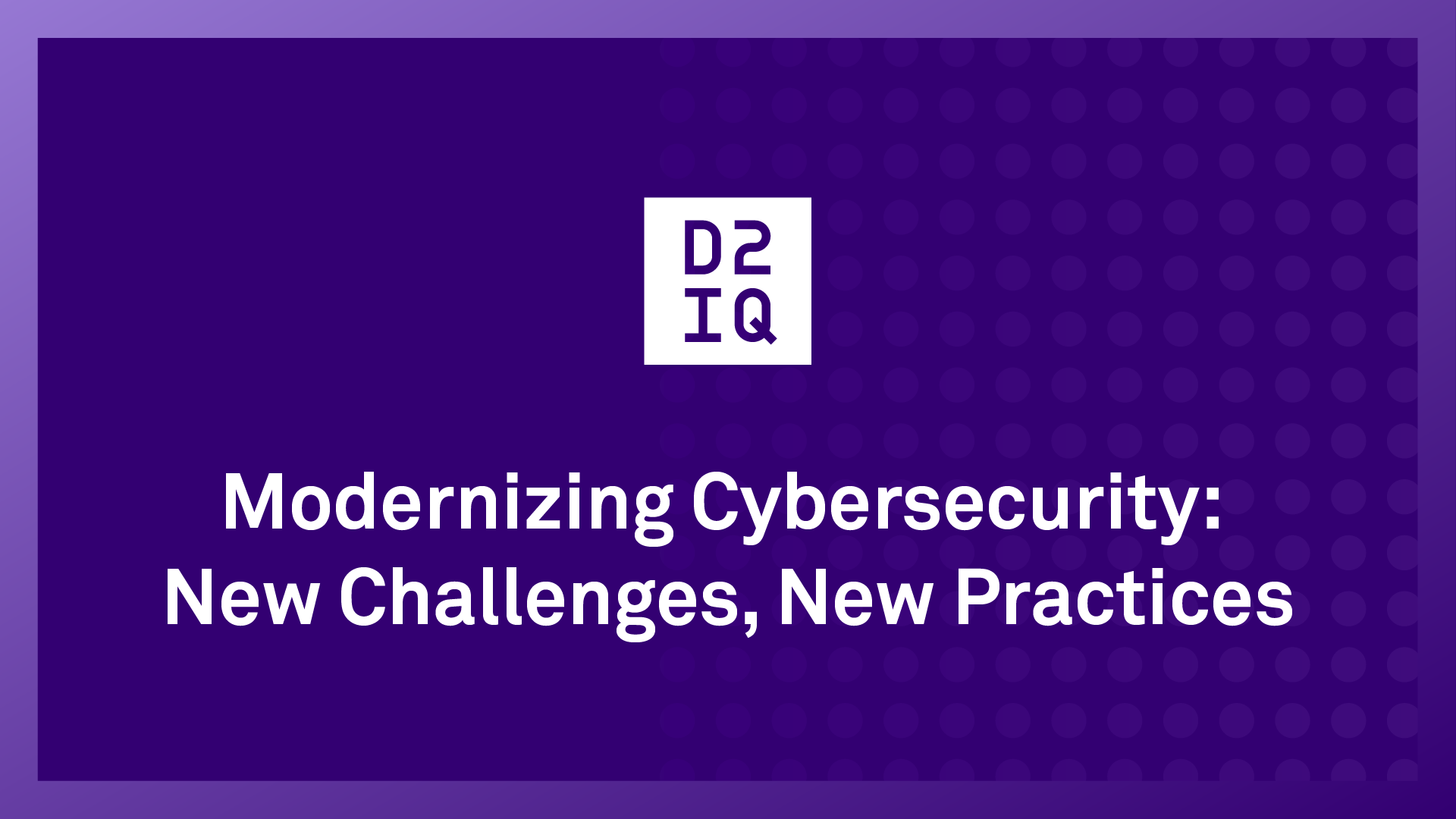Deploying Kubernetes in Air-Gapped Environments | D2iQ
Discover How the United States Air Force Deployed Air-Gapped Kubernetes with Zero Downtime

5 min read
“We were looking for a partner who could meet our unique requirements and contribute to the open-source community on our behalf,” explained Jeff McCoy, CTO at DoD USAF Platform One. “From a Kubernetes perspective, D2iQ’s distribution was aligned with what we were already doing so it was an easy lift to move over.”
With the D2iQ Kubernetes Platform (DKP) and other building blocks, the USAF was able to deliver fully automated and repeatable deployments within any environment in a matter of days. And because DKP is infrastructure agnostic, it provided flexibility and modularity for many different programs of record and mission owners.
“We wanted a stripped down version of a Kubernetes distribution so we could deploy our own stack, and the D2iQ team was very accommodating to that,” said Jeff McCoy, CTO at DoD USAF Platform One. “The fact that they were able to strip out all the bells and whistles from DKP and have it still work was a huge advantage because other platforms can’t do that.”
To learn more about how DKP helps security-conscious customers in air-gapped environments, visit https://d2iq.com/air-gapped-environments.









